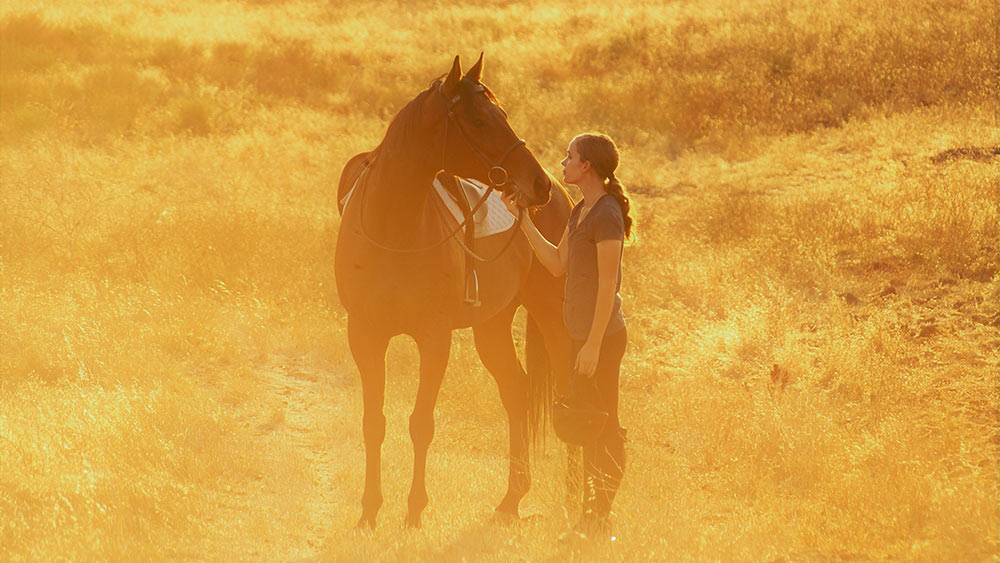
When former student Dr. Kelli Humbird came to Texas A&M University, she had one primary goal for the future: to find a career in which she would be able to cultivate her love of caring for and owning horses. Instead, she ended up pursuing a double major in nuclear engineering and physics before beginning what would soon be a prominent career as a researcher and engineer. Most recently, Humbird was named the recipient of the 2020-21 Department of Nuclear Engineering young Former Student Award, which was established in 2018 to recognize and honor former students’ excellence in professional leadership and their contributions to the nuclear field.
As an undergraduate at Texas A&M, Humbird worked with Dr. Marlan Scully, studying quantum optics works in the field of physics, and Dr. William Marlow, who mentored her as an undergraduate. Marlow is now retired, but Humbird would sit in his office for hours talking about different ideas and credits him as one of her primary motivators.
Humbird received her master’s degree and began her doctorate under Dr. Ryan McClarren at Texas A&M but moved to northern California to finish it. She ended up applying for and receiving a fellowship from the Philanthropic Education Organization (PEO), which created scholarships for women pursuing a Ph.D. in any field. “Had I not had their support, I definitely would not have gotten to the place I am,” said Humbird.
Now employed at Lawrence Livermore National Laboratory as a design physicist, Humbird helps create and model physics experiments for a variety of different applications. Until recently, her work has revolved around inertial confinement fusion, the process of making lab-created miniature stars. She’s also ventured into the nuclear forensics field and has assisted the Global Security Directorate’s Nuclear Forensics Group.
People think that nuclear engineering is a very specific field and that if you have a nuclear engineering degree, you’ll just get stuck working in a power plant. But that's so far from the truth.
One of Humbird’s favorite parts about her background in nuclear engineering is how diverse it is. “People think that nuclear engineering is a very specific field and that if you have a nuclear engineering degree, you’ll just get stuck working in a power plant,” said Humbird. “But that’s so far from the truth. Even at Livermore, we have a dozen different jobs for a dozen different engineers that are all very unique.”
Humbird’s dissertation focused largely on machine learning and artificial intelligence, something that came in handy when she was recently asked to help model the spread of COVID-19. “One of the teams I work on was asked to help model the spread of COVID-19, and we were all suddenly thrown into this very immediate and tangible problem,” explained Humbird. “It can’t be understated how great it feels to be able to work on a problem that is actively affecting us and then to try to be a part of that solution.”
Humbird’s love and care for animals never diminished. In fact, she still has a horse, having not gone a month without having one since she was a child, and continues to be passionate about animal welfare. Her only wish is that her mother, who passed away in August, was here to share the news with. “Being recognized with this award means a lot to me because she supported me relentlessly during college and graduate school,” said Humbird. “While I wish she were here, pushing forward and trying to make an impact in this world is exactly what she always wanted for me.”